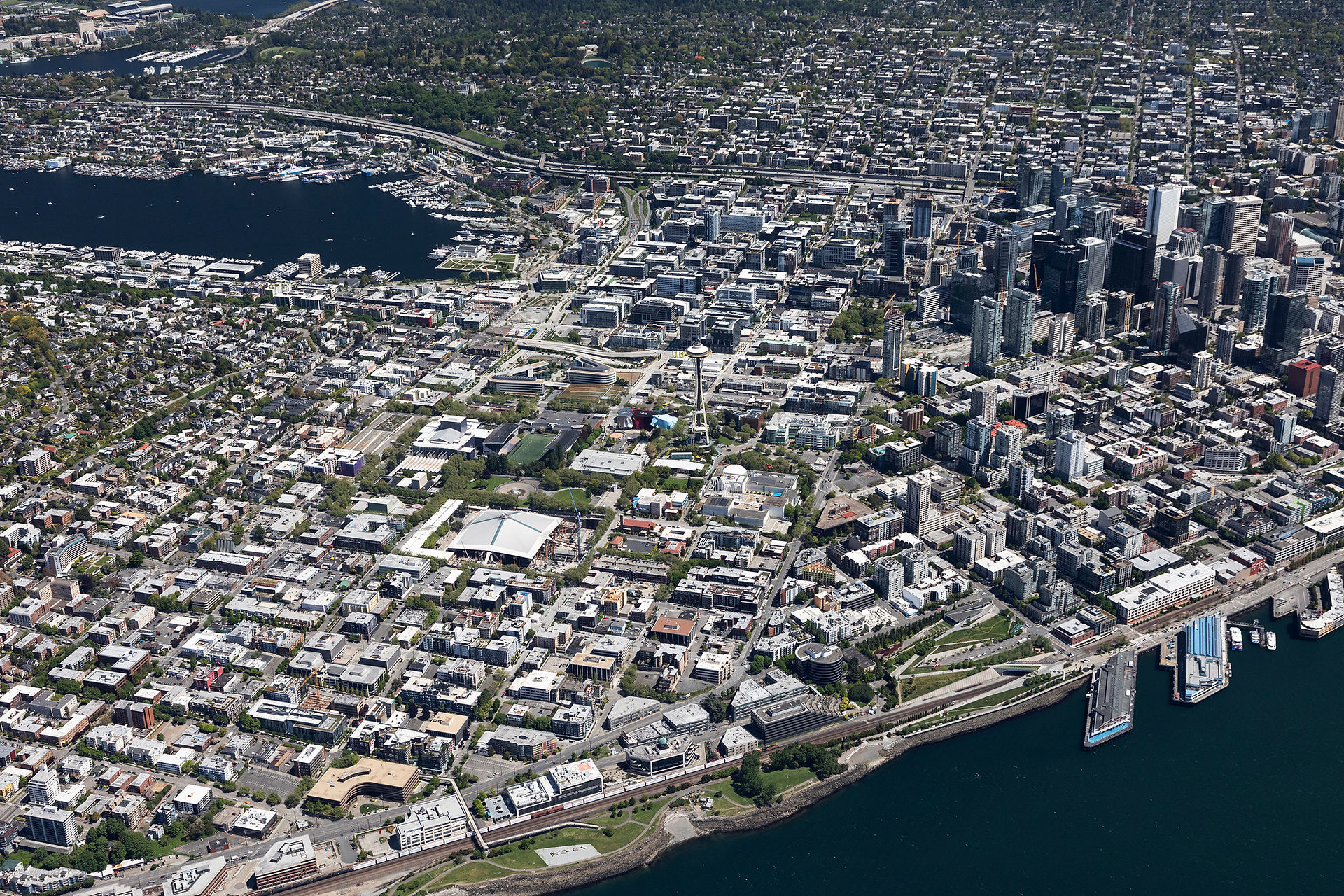Is it Tacoma Time?
- Matt Hays

- Apr 27, 2021
- 2 min read

One of these years, Tacoma is going to emerge as a bigger office and innovation center.
I used to think this would happen because of Seattle overflow. That’s never been enough.
Now I think the bigger reason is Tacoma itself.
Let’s Count Some Reasons
Why am I optimistic, particularly about core districts?
1. Pierce County and South King County represent 12% of the three-county area's office space based on some custom mapping in CoStar, but 28% of the population per my inexact tally. Greater Downtown represents about 3% of the office total. A lot of locals commute to Seattle and Eastside office jobs. How many would like to stay closer to home? Has COVID furthered this desire? It's a rich talent pool.
2. Tacoma's cool factor is growing. Unique local businesses abound, both Downtown and in nodes like the Lincoln International District and the Proctor District. (Try Campfire Coffee at S. 17th & Market near UWT.) Rumor has it a lot of artists are finding Tacoma an affordable, welcoming destination. Waterfronts are now vibrant attractions including Point Ruston and the Foss Esplanade. Recruits will like Tacoma.
3. The UW Tacoma is growing the local workforce while energizing the south end of Downtown. Pre-COVID attendance was 5,375, with plans for 2.5% to 5% annual growth for the next decade. Other four-year institutions include TCC, PLU, and UPS.
4. Transit is improving, primarily in core areas. This will attract workers and reduce parking demand per worker. An extension of Link light rail will connect Downtown to St. Helens, the Stadium District, and Hilltop in 2022. Sound Transit will continue to incrementally upgrade Sounder and plans bus rapid transit. (Pierce Transit remains underfunded.)
5. Some development costs are lower than Seattle and the Eastside, starting with land prices. While costs are high in relation to average rents and building values (even isolating Class A), a build-to-suit tenant would get a good deal. In the meantime, Class A vacancies are in the 20s so there's room for companies to grow already.
6. Houses remain cheap by Seattle standards, and walkable multifamily is beginning to abound. Urban districts are growing in/around Downtown and along Link, as well as at other nodes. The growing range of choices will also help attract workers.
7. The Seattle overflow point is more real than ever. Its market costs and public policies (however well-intentioned) are pushing some businesses and residents away. Tacoma is a leading alternative, with local leaders who want to attract people and investment.
Will a big shift happen this year? Probably not. But 2025 might be very interesting!




Comments